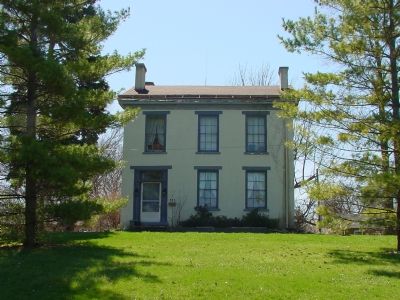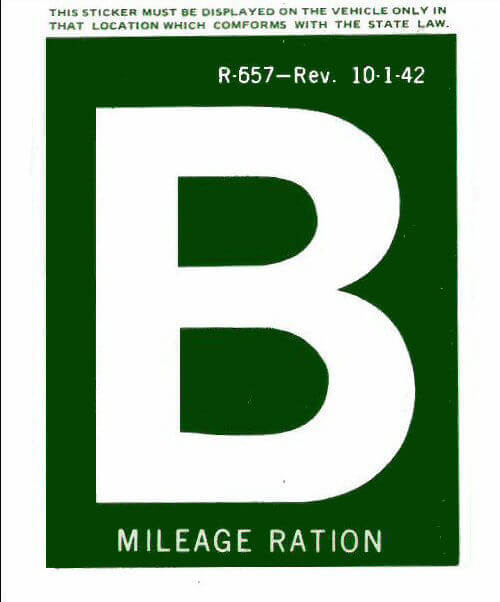 Wrigley Field,
the 2nd oldest baseball field, hosts the first night game in its history. It was
the last field to add lights for night games. The first big league night game
was in Cincinnati Ohio in May 1935. Despite the Reds terrible record that year,
paid attendance rose 117%. Other fields
quickly followed suit … except for Wrigley Field. For 74 seasons, the Cubs played only daytime
home games. After installing the lights, 91 year old Cubs fan Harry Grossman
was given the honor to flip the switch, at which time he said, “Let there be
light.”
Wrigley Field,
the 2nd oldest baseball field, hosts the first night game in its history. It was
the last field to add lights for night games. The first big league night game
was in Cincinnati Ohio in May 1935. Despite the Reds terrible record that year,
paid attendance rose 117%. Other fields
quickly followed suit … except for Wrigley Field. For 74 seasons, the Cubs played only daytime
home games. After installing the lights, 91 year old Cubs fan Harry Grossman
was given the honor to flip the switch, at which time he said, “Let there be
light.” The field was originally known as Weeghman Park and was built on the site once occupied by a seminary.
The ball field saw many famous events such as the night Babe Ruth pointed to the bleachers and then hit a home run in that area, and Pete Rose’s 4,199th career hit which tied him with Ty Cobb’s record. The Chicago Cubs became the first ball team to provide the fans with organ music.
However one thing the fans have never seen is a baseball hit the centerfield scoreboard, although Roberto Clemente and Bill Nicholson came close.
.




